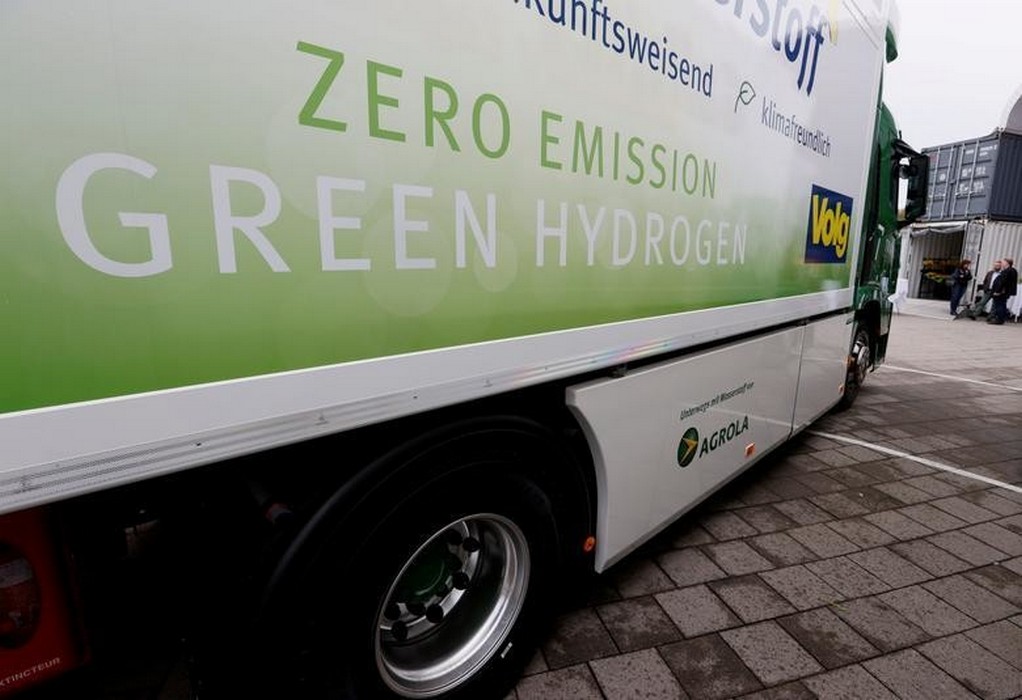The role of transport was front and center at COP26 in Glasgow, Scotland. Leaders from nations, cities, international organizations, NGOs – and notably the private sector – zeroed in on the role of transport as one of three critical sources of carbon emissions as well as the only sector still increasing in its greenhouse gas (GHG) footprint. In 2020, the global transport industry was responsible for approximately 7.3 billion metric tons of carbon dioxide (CO2) emissions.
Countries, businesses, auto manufacturers and other stakeholders signed a declaration of commitments (aligned with the Paris Agreement) from the auto industry, governments, cities, fleet owners and other stakeholders to reach 100% zero emissions in transport by 2040.
The declaration, with its distinguished signatories, marks both a hopeful inflection point for the automotive and mobility industries; it also speaks of the urgency in drastically reducing the carbon (CO2) emissions produced by this sector. Passenger cars cause 41% of global CO2 transport emissions with medium and heavy trucks as the secondary source (22%).
While the declaration is certainly a move in the right direction, the world will have to wait and see whether the necessary change will actually transpire and if those who noticeably did not pledge will take action. There is, so often, a formidable gap between talk and action, and stakeholders at COP26 were undoubtedly aware of the challenges in this global goal of net-zero emissions in transport.
What will it take to speed the transition?
Here are some clear-cut ways.
1. Advance solutions for cities facing the worst transport pollution.
“India has a very critical role to play in a net-zero future. Twenty two of the 30 most polluted cities in the world are in India, and one way to improve the situation is through the transportation sector. … Electric two-wheel transportation will lay – is laying – the groundwork for converting to net zero transportation in India,” said Naveen Munjal, Managing Director, Hero Electric
2. Start at the most critical energy source.
“Our new battery technology enables us to increase vehicle range and reduce the amount of precious materials needed for production, moving us toward an all-electric, carbon-neutral future,” said Kristen Siemen, Vice-President of Sustainable Workplaces and Chief Sustainability Officer, GM.
“Industry and government need to work together to find renewable energy sources and set an end date for conventional fuel engines so the industry knows that period is over,” said Anders Karrberg, Head of Global Sustainability & Strategy, Volvo
3. Build our cities around a carbon-free design.
“The future of transportation is zero. That means not just zero emission vehicles, it also means zero emission transit, and it also means getting around in new ways. It means taking bikes. It means walking. It means building community infrastructure that allows people to move carbon free,” said Liane Randolph, Chair, California Air Resources Board.
4. Maximize efficiency with thoughtful partnerships.
“It’s not just about zero carbon vehicles, to me it’s about net zero companies, and to achieve net zero companies, we need to bring all the ecosystem players together. So the mobility [sector] needs to work together with digital solutions, it needs to work together with energy companies, and we need to bring the finance [sector] together to enable absolutely zero carbon mobility in the future,” said Sarwant Singh, CEO of OHM Global Mobility.
“We are investing in technologies and platforms to create truly equitable and sustainable mobility ecosystems like our electric bus, van, and car that are built in local micro-factories that can be placed all over the world, built by the community for the community,” said Avinash Rugoobur, President, ARRIVAL.
5. Prioritize the charging infrastructure for electric vehicles.
“The single biggest obstacle to accelerating our journey to net zero transportation is the availability of public charging infrastructure. My plea, industry [and] government together, can we collaborate please to get a ubiquitous public charging infrastructure rolled out across the UK so I can accelerate my journey to net zero transportation and others can do the same,” said Clive Selly, CEO of Openreach.
“In our goal to be net zero by 2050, we have a $700 million commitment, called EV Make Ready, to prepare the state’s charging infrastructure for the electric vehicle economy. … making it easier for people to buy electric vehicles, and then translating those benefits to the public,” Basil Seggos, Department of Environmental Conservation Commissioner, New York State.
6. Focus on scale, like fleets of buses, which are some of the worst CO2-emission offenders.
“We are not just making statements, we are taking action. For example, in Shenzhen, we converted all 17,000 buses to electric. Cities in Chile and Colombia are doing the same, said Isbrand Ho, General Manager of Commercial Vehicle Business Centre at BYD Europe
“Working together with digital solutions, mobility companies, and the financial sector, we could reach our goal of having 100% of buses electric by 2030,” said Sarwant Singh, CEO, OHM Global Mobility.
Source: https://www.weforum.org/
Tags: Decarbonisation, NetZero, Transport

Recent Posts
GCMD completes biofuel supply chain trials with Hapag-Lloyd
Airbus partners with Avolon on hydrogen aviation
Nuclear power transition more safe option for decarbonisation than coal
ABS presents industry’s first advisory on ammonia bunkering
AW Shipping orders multiple dual-fuel vessels from China
HIF Global partners with Airbus to advance development of SAF
ASL Aviation signs agreement with ZeroAvia for retrofit
AM Green plans to invest $1 bn to set up 2G biofuel plants